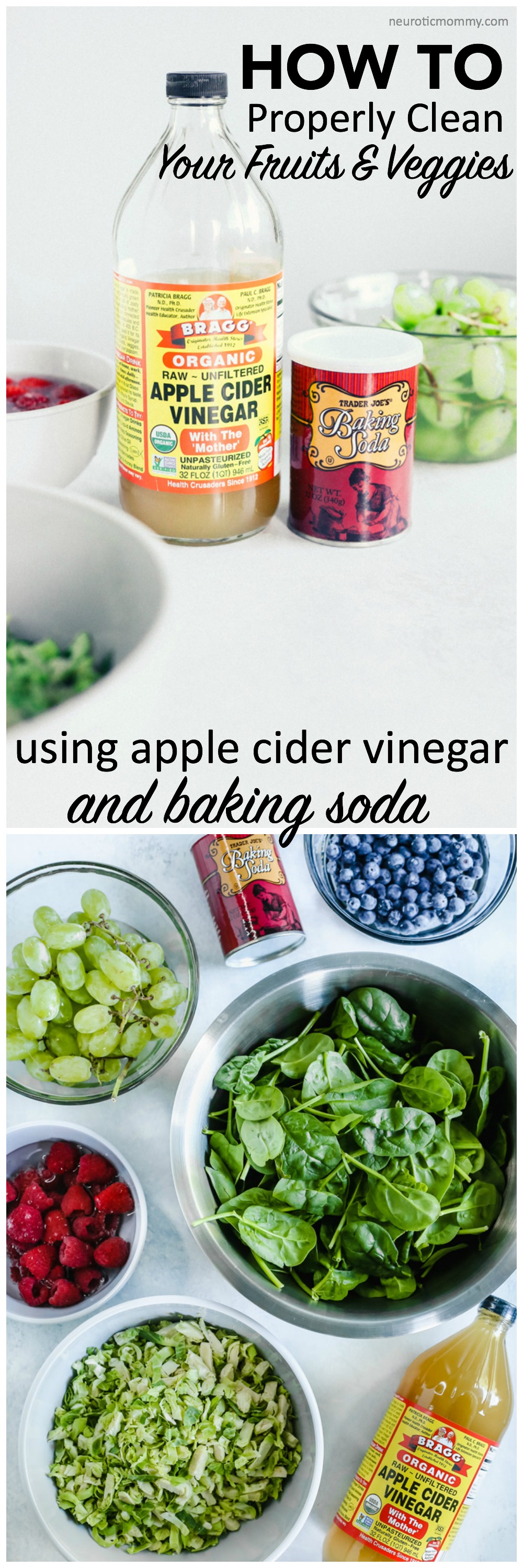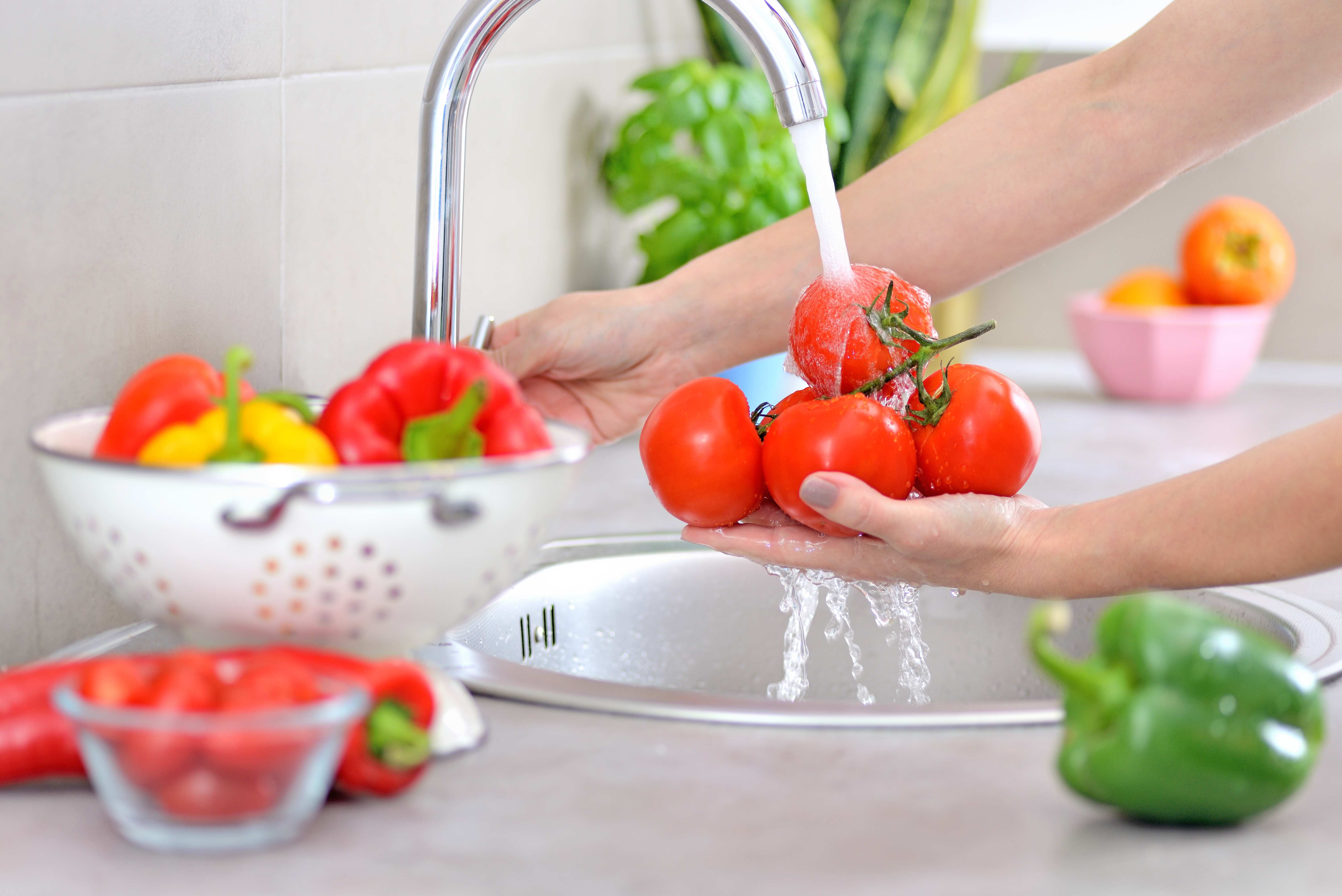Keeping fruits clean is essential for healthy eating. Dirt, pesticides, or bacteria can cling to the skin.
Fresh fruits are nature’s sweet gift, but ensuring they are clean before consumption is crucial for health. Everyone enjoys the juicy burst of flavor from a freshly-bitten apple or the tangy sweetness of a plump strawberry. But before you take that first bite, it’s important to clean your fruit properly to remove any lingering pesticides, waxes, or germs that could be harmful to your health.
Fruit cleaning isn’t just a quick rinse under the tap. You’ll need to know the right techniques to effectively remove unwanted residues and keep the nutritious goodness of your fruits intact. This simple habit can make a big difference in your daily diet. The process can vary, depending on the type of fruit and its origin. So, let’s dive into the basics of fruit hygiene. We’ll guide you through some straightforward steps to make your fruit feast a safe and delightful experience. Plus, we’ll share some smart tips to help you do it quickly and efficiently. Grab that basket of fresh picks, and let’s get started on the path to cleaner, healthier fruit consumption.
The Importance Of Cleaning Your Fruit
Eating fresh fruit is part of a healthy diet, but it’s crucial to clean it first.
Dirt, bacteria, and pesticides often linger on the skin.
Proper washing removes these unwanted residues.
This ensures your fruit is safe and enjoyable to eat.
Why Wash Fruits?
Cleaning fruit is not just about removing visible dirt.
It’s about ensuring that what you consume is free from harmful substances.
A good rinse can also help extend the shelf life of your produce.
This means less waste and more value for your money.
Health Risks Of Unwashed Produce
Unwashed fruit can carry health risks.
These risks include foodborne illnesses like E. coli and salmonella.
Even organic produce can have natural contaminants.
It’s best to wash all fruit thoroughly before eating or cooking with them.
Types Of Contaminants On Fruits
Fruits are vital for a healthy diet, but they often come with unwanted extras. Understanding the types of contaminants on fruits is key. This ensures safe consumption and optimal health.
Pesticides And Chemicals
Fruits may carry pesticides used during farming. These chemicals protect crops from pests and diseases. Over time, residue can build up. It’s essential to remove these substances before eating.
Bacteria And Germs
Bacteria and germs can lurk on the surface of fruits. They come from multiple sources, such as handling and processing. Proper cleaning reduces the risk of foodborne illnesses.
Dirt And Dust
Everyday dirt and dust settle on fruit skins. This can happen during growing, harvesting, and transportation. A thorough wash can help get rid of these particles.
Preparation Before Washing
Let’s talk about Preparation Before Washing fruits. This step is key for clean, safe eating. Simple but important, it sets the stage for the rest of the cleaning process.
Gathering Necessary Supplies
First things first, grab what you need. A clean brush, a basin, and vinegar. Yes, vinegar! It’s great for cleaning fruits. Make sure everything is clean and ready. This makes washing fruits easier and safer.
Inspecting For Damages
Next step, check each fruit. Look for bruises, cuts, or mold. Remove damaged parts. Bad spots can spread bacteria. It’s best to cut them off before washing. This way, you clean only the good parts.
These simple steps ensure your fruits are ready for a thorough wash. Clean tools and keen eyes make all the difference. Remember, preparation is half the battle won. Happy washing!
Basic Washing Techniques
Clean fruit is essential for health and taste. Learn simple steps to wash fruit safely and effectively.
Rinsing With Water
Rinsing removes dust, chemicals, and germs. Place fruit under cold running water. Gently rub the surface. This method works well for most fruits.
Using A Vegetable Brush
For tougher skins, like apples, use a vegetable brush. Scrub lightly while rinsing. This ensures a deeper clean.
Drying Techniques
After washing, drying is key. Use a clean cloth or paper towel. Pat the fruit dry. This minimizes bacteria growth and removes excess water.
Natural Cleaning Solutions
Fruits need a good clean to remove pesticides, dirt, and bacteria. Natural methods are safe and effective. Let’s explore some easy solutions.
Vinegar Wash
Vinegar is a natural disinfectant. It can kill germs and remove wax. Mix one part white vinegar with three parts water. Soak your fruit for 10 minutes. Then, rinse with cold water.
Baking Soda Scrub
Baking soda helps remove stubborn residue. Create a paste using baking soda and water. Gently scrub the fruit with a brush. Rinse well after.
Saltwater Soak
Saltwater is great for killing certain bacteria. Dissolve one teaspoon of salt in a bowl of water. Place your fruit in the mixture. Soak for a few minutes and rinse off.

Credit: neuroticmommy.com
Special Tips For Different Types Of Fruit
Discover practical advice for cleaning various fruits effectively. Learn safe and easy methods to ensure your fruit is fresh and ready to enjoy.
Cleaning fruit is important. Different fruits need different methods. Here are tips for various types.
Soft-skinned Fruits
Soft fruits like peaches and tomatoes are delicate. Gentle washing is key. Use cool water. A soft brush can help. Do not scrub hard. This keeps the skin from breaking.
Hard-skinned Produce
Fruits like apples and melons have tough skins. Use a brush. Cold water works best. Scrub gently to remove dirt. Rinse well. This helps get rid of unwanted chemicals.
Berries And Small Fruits
Berries are tricky. They spoil easily. Wash them just before eating. Use a colander. Run cold water over them. Gently shake the colander. This method is quick and effective.
Remember, clean fruit is safe and tasty. Use these tips to keep your fruit fresh.
Drying And Storing Cleaned Fruit
After cleaning fruit, drying and storing it properly are essential for longevity. Using the right methods helps maintain its taste and texture. Discover the best ways to dry and store fruit for lasting freshness.
Proper Drying Methods
Drying fruit correctly is crucial to prevent mold and spoilage. Follow these steps:
- Lay fruits on a clean cloth or rack.
- Pat gently with a towel to absorb water.
- Allow air circulation to dry them naturally.
- Avoid direct sunlight or heat sources.
Storage Tips For Freshness
Store fruit properly to maintain freshness. Use these tips:
| Fruit Type | Storage Method |
|---|---|
| Berries | Refrigerate in ventilated containers. |
| Citrus | Keep at room temperature or refrigerate. |
| Stone Fruit | Counter first, then refrigerate once ripe. |
Remember to keep fruits in separate compartments to avoid ethylene exposure from other produce.
Common Mistakes To Avoid
Cleaning fruit is simple but mistakes can happen. Let’s talk about what to steer clear of. Doing it right means tasty, safe fruit without the worry. Ready? Here are common slip-ups to ditch.
Over-washing
Think more washing means cleaner fruit? Not quite. Too much water can harm. It can lead to waterlogged and mushy fruit. A gentle rinse is enough. Do it just before you eat or use them. This keeps them fresh and crisp.
Using Harsh Chemicals
Some think chemicals clean better. That’s not true for fruit. Harsh cleaners can stick. They can make fruit unsafe to eat. Stick to clean water. Or use vinegar for a natural clean. A simple solution works wonders.
Improper Storage
Don’t just toss your fruit anywhere. The wrong spot can spoil them fast. Dry them first after washing. Then, store them right. Some fruits need the fridge. Others are fine on the counter. Check the best place for each type. This keeps them fresh longer.

Credit: www.armandhammer.com
Conclusion
Keeping fruits clean is essential for healthy eating. Use these tips for safe, fresh snacks. Simple steps make all the difference. Wash your hands first. Use water, not soap, on your fruits. Scrub firm produce with a brush. Dry everything well.
Remember these points next time you handle fruit. They help remove dirt and bacteria. Your family gets the full benefits of nature’s sweetness. Stay healthy and enjoy the natural flavors of clean fruit!
Leave a Reply